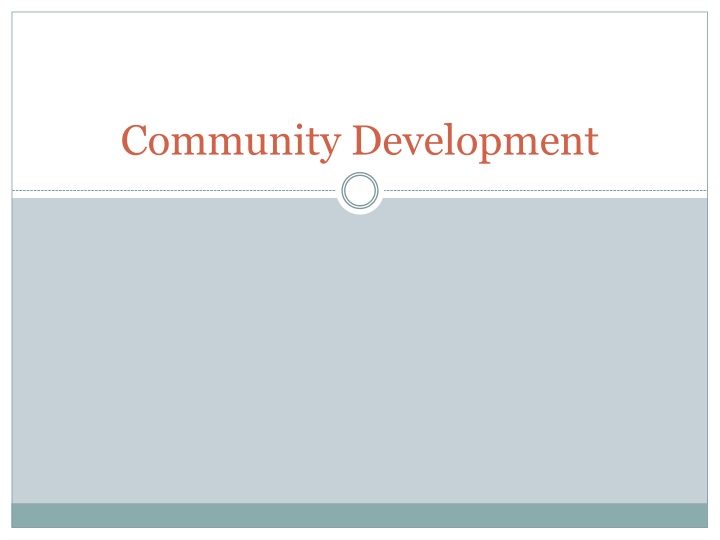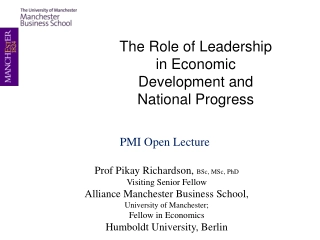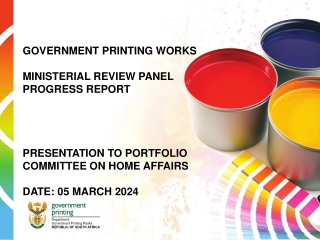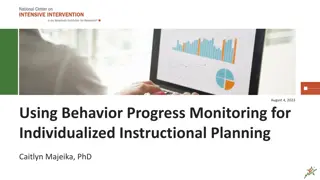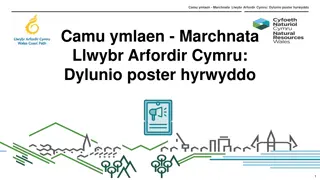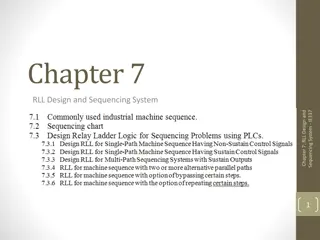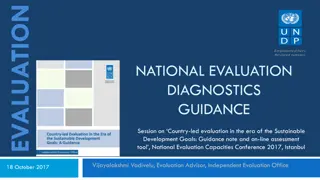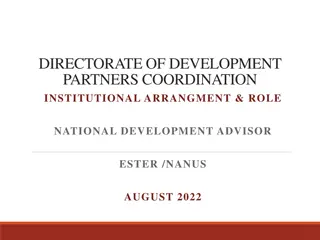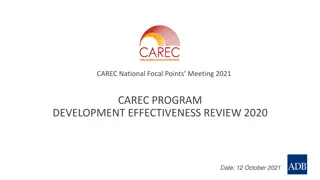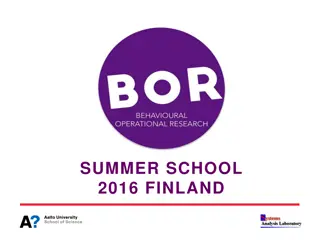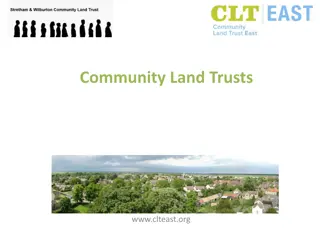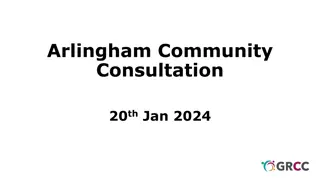Community Development: A Path to National Progress
Community development is a collaborative process involving people and governmental authorities to enhance economic, social, and cultural conditions within communities. This process aims to integrate communities into the nation's life, enabling them to contribute significantly to national progress. Through community development, individuals come together to identify shared problems, leverage existing resources, build knowledge and skills, and foster effective leadership within communities. Development is viewed as a process of expanding real freedoms, driving social change, and addressing sources of unfreedom such as tyranny, economic constraints, and social neglect. The central theme is to provide individuals with the freedom to participate in economic activities, enter markets, and contribute to societal well-being, thereby promoting overall development.
Download Presentation

Please find below an Image/Link to download the presentation.
The content on the website is provided AS IS for your information and personal use only. It may not be sold, licensed, or shared on other websites without obtaining consent from the author.If you encounter any issues during the download, it is possible that the publisher has removed the file from their server.
You are allowed to download the files provided on this website for personal or commercial use, subject to the condition that they are used lawfully. All files are the property of their respective owners.
The content on the website is provided AS IS for your information and personal use only. It may not be sold, licensed, or shared on other websites without obtaining consent from the author.
E N D
Presentation Transcript
Community development is a process where people are united with those of governmental authorities to improve the economic, social and cultural conditions of communities and communities are integrated into the life of the nation enabling them to contribute fully to national progress. (United Nations, from Biggs, 1999)
Community development is a process, a way of doing things. It can: Bring people together Help people to identify the problems and needs which they share and respond to these Help people to discover the resources that they already have Promote knowledge, skills, confidence and the capacity to act together Strengthen organisation and leadership within communities Strengthen contacts between communities.
Development as Freedom Amartya Sen defines Development as, A process of expanding the real freedoms that people enjoy A process of social change A Multi-Dimensional Construct Quantitative as well as Qualitative change Governed by several factors- (a motive to drive the social change and essential preconditions) It requires the removal of major sources of unfreedom as systematic social deprivation, neglect of public facilities and so on.
It requires the removal of unfreedom such as tyranny, poor economic opportunities, social deprivation, neglect of public facilities and so on. Freedom as a central theme to Development Freedom to participate in economic interchange: contribution of market mechanisms only after freedom to exchange words, goods and gifts
Freedom to enter markets Freeing labour from explicit or implicit bondage Envisaging regulation and good governance the role of social support, public Economic unfreedom can breed social unfreedom just as social or political unfreedom can foster economic unfreedom
All individuals are endowed with a certain set of capabilities while it is simply a matter of realising these capabilities that will allow a person to escape from poverty and their state of 'unfreedom'. Income poverty should not be the single most important factor in determining development.
five elemental forms of instrumental freedoms: Political freedoms, Economic facilities, Social opportunities, Transparency guarantees, and Protective security
Poverty should be seen "as a deprivation of basic capabilities, rather than merely as low income According to Sen, development is enhanced by democracy and the protection of human rights. Such rights, especially freedom of the press, speech, assembly, and so forth increase the likelihood of honest, clean, good government
Development is the process of expanding human freedom. It is the enhancement of freedoms that allow people to lead lives that they have reason to live . Hence development requires the removal of major sources of unfreedom: poverty as well as tyranny, poor economic opportunities as well as systemic social deprivation, neglect of public facilities as well as intolerance or overactivity of repressive states
The state has a role in supporting freedoms by providing public education, health care, social safety nets, good macroeconomic policies, productivity and protecting the environment. Freedom implies not just to do something, but the capabilities to make it happen. People can achieve their capabilities influenced by economic opportunities, political liberties, social powers, and the enabling condition of good health, basic education, and cultivation of initiatives the encouragement and
Gender and Development Gender Discrimination Gender inequality Gender Imbalance Gender Division of labour Patriarchy Women Empowerment Gender Needs Gender mainstreaming Gender Planning Gender Budgeting Gender Analysis
This approach acknowledges that to address womens concerns and needs, Development assistance must take account of both women s and men s roles and responsibilities within the community and their relationship to each other. It requires the active participation of men as well as women in order to raise the status of women and bring about sustainable development. The GAD approach is both strategic and practical, and starts with an examination of issues of power, decision making, work allocation and ownership and control of resources.
Issues & Concerns Feminization of Poverty: Poverty among women, 70% of the world s poor are women (UNDP, 1995,). Declining of Sex ration Illiteracy among women: male: 82.14% female: 65.46% (2011 census) Maternal Mortality Rate: 230 deaths/100,000 live births (2008) & 213 (2009)
Development as Justice Development as establishing a just society with social (economic, political and cultural) equality, removing injustice, social inequalities, exploitation, suppression and aggression and the conditions perpetuating unjust living. Justice means the quality of being just or fair; judgment involved in the determination of rights and the assignment of rewards and punishments Justice is the concept of moral rightness based on ethics, rationality, law, natural law, religion, fairness, or equity. discrimination,
Development as Peace and Stability Stability and peace are essential requirements for development. Peaceful and stable political situation facilitates social and economic development. In the context of free economy, development is considered a natural outcome of peace and stability. Therefore, securing political stability and peace is the first step for social and economic development. No state can progress socially and economically in the absence of stability and peace.
Peace building is a process that facilitates the establishment of durable peace and tries to prevent the recurrence of violence by addressing root causes and effects of conflict institution building, and political as well as economic transformation through reconciliation,
